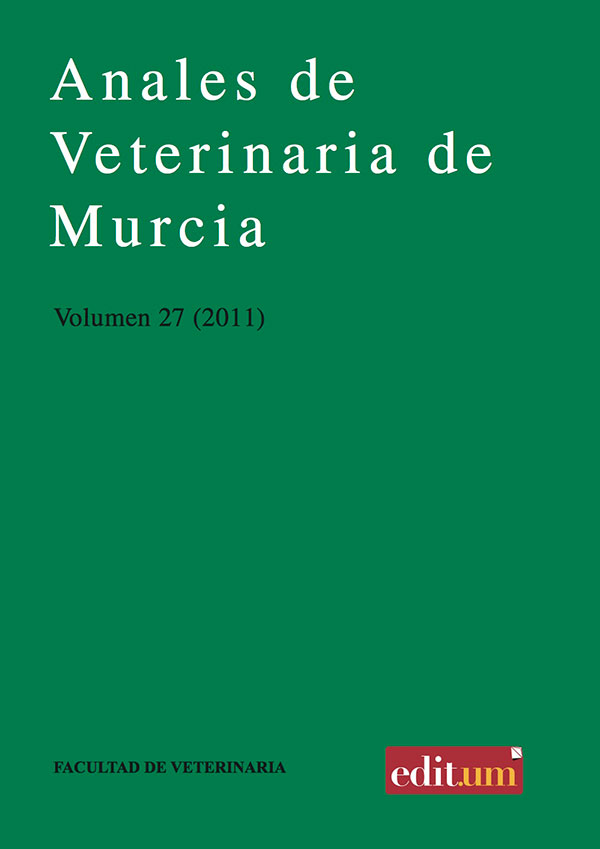Ripening of chorizo and salchichón from Chato Murciano pig using different starter cultures (lactic acid bacteria plus staphylococci)
Abstract
This study evaluated the different technological properties of two commercial starter cultures used to ripen two dry-cured fermented sausages (chorizo and salchichón) made with pork from the Murciano breed and stuffed in natural casing. The ripening of both sausages was started with a fast acidifying culture enriched with staphylococci (3 Pediococcus pentosaceus, 7.5 Staphylococcus xylosus and 1.5 Staphylococcus carnosus) or a standard culture (3 Lactobacillus sakei, 1.5 S. xylosus and 1.5 S. carnosus) (dosage expressed as 107 cfu g–1 mass). The ripening properties (composition, aw, pH, CIELAB color, total viable counts, lactic acid bacteria, Micrococcaceae, moulds and yeasts, fat acidity and proteolysis index) and the sensory traits (color, odor , flavor and texture) were determined in fresh and/or dry-cured sausage. Both starter cultures provided similar ripening properties in chorizo and salchichón despite their different formulation and degree of mincing. With the exception of pH, the differences in the ripening properties between the cultures were generally irrelevant. P. pentosaceus showed a higher acidifying rate than L. sakei, and more effectively decreased the pH of the sausages. The combination of L. sakei, S. xylosus and S. carnosus allowed higher final counts of fermentative bacteria to be reached, moderated the drop in pH, slightly improved bouquet, especially in chorizo, and, especially, reduced the acidity of both sausages. In contrast, the type of starter culture did not influence the lean colour of either sausage, while the changes in texture were related with differences in moisture and fat content. Overdosage of S. xylosus did not provide additional technological benefits to the sausages started with P. pentosaceus, because it failed to increase the Micrococcaceae charge in fresh sausage compared with the levels attained using standard culture. It is concluded that the use of lactic bacteria of great acidifying potential, combined with high doses of staphylococci, does little to improve the ripening properties of Chato Murciano chorizo and salchichón started with an aliquot dose of lactic acid bacteria and staphylococci.Downloads
Creative Commons Attribution 4.0
The works published in this journal are subject to the following terms:
1. The Publications Service of the University of Murcia (the publisher) retains the property rights (copyright) of published works, and encourages and enables the reuse of the same under the license specified in paragraph 2.
© Servicio de Publicaciones, Universidad de Murcia, 2019
2. The works are published in the online edition of the journal under a Creative Commons Attribution-NonCommercial 4.0 (legal text). You can copy, use, distribute, transmit and publicly display, provided that: i) you cite the author and the original source of publication (journal, editorial and URL of the work), ii) are not used for commercial purposes, iii ) mentions the existence and specifications of this license.

This work is licensed under a Creative Commons Attribution-NonCommercial-NoDerivatives 4.0 International License.
3. Conditions of self-archiving. Is allowed and encouraged the authors to disseminate electronically pre-print versions (version before being evaluated and sent to the journal) and / or post-print (version reviewed and accepted for publication) of their works before publication, as it encourages its earliest circulation and diffusion and thus a possible increase in its citation and scope between the academic community. RoMEO Color: Green.




